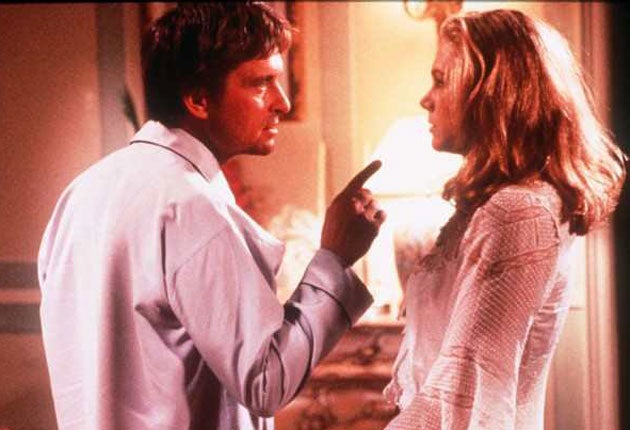Scientists prove it really is a thin line between love and hate
The same brain circuitry is involved in both extreme emotions – but hate retains a semblance of rationality

Your support helps us to tell the story
From reproductive rights to climate change to Big Tech, The Independent is on the ground when the story is developing. Whether it's investigating the financials of Elon Musk's pro-Trump PAC or producing our latest documentary, 'The A Word', which shines a light on the American women fighting for reproductive rights, we know how important it is to parse out the facts from the messaging.
At such a critical moment in US history, we need reporters on the ground. Your donation allows us to keep sending journalists to speak to both sides of the story.
The Independent is trusted by Americans across the entire political spectrum. And unlike many other quality news outlets, we choose not to lock Americans out of our reporting and analysis with paywalls. We believe quality journalism should be available to everyone, paid for by those who can afford it.
Your support makes all the difference.Love and hate are intimately linked within the human brain, according to a study that has discovered the biological basis for the two most intense emotions.
Scientists studying the physical nature of hate have found that some of the nervous circuits in the brain responsible for it are the same as those that are used during the feeling of romantic love – although love and hate appear to be polar opposites.
A study using a brain scanner to investigate the neural circuits that become active when people look at a photograph of someone they say they hate has found that the "hate circuit" shares something in common with the love circuit.
The findings could explain why both hate and romantic love can result in similar acts of extreme behaviour – both heroic and evil – said Professor Semir Zeki of University College London, who led the study published in the on-line journal PloS ONE.
"Hate is often considered to be an evil passion that should, in a better world, be tamed, controlled and eradicated. Yet to the biologist, hate is a passion that is of equal interest to love," Professor Zeki said.
"Like love, it is often seemingly irrational and can lead individual to heroic and evil deeds. How can two opposite sentiments lead to the same behaviour?"
The study advertised for volunteers to take part in the study and 17 people were chosen who professed a deep hatred for one individual. Most chose an ex-lover or a competitor at work, although one woman expressed an intense hatred for a famous political figure.
Professor Zeki and John Romaya of the Wellcome Laboratory of Neurobiology analysed the activity of the neural circuits in the brain that lit up when the volunteers were viewing photos of the hated person.
They found that the hate circuit includes parts of the brain called the putamen and the insula, found in the sub-cortex of the organ. The putamen is already known to be involved in the perception of contempt and disgust and may also be part of the motor system involved in movement and action.
"Significantly, the putamen and the insula are also both activated by romantic love. This is not surprising. The putamen could also be involved in the preparation of aggressive acts in a romantic context, as in situations when a rival presents a danger," Professor Zeki said.
"Previous studies have suggested that the insula may be involved in responses to distressing stimuli, and the viewing of both a loved and a hated face may constitute such a distressing signal."
One major difference between love and hate appears to be in the fact that large parts of the cerebral cortex – associated with judgement and reasoning – become de-activated during love, whereas only a small area is deactivated in hate.
"This may seem surprising since hate can also be an all-consuming passion like love. But whereas in romantic love, the lover is often less critical and judgemental regarding the loved person, it is more likely that in the context of hate the hater may want to exercise judgement in calculating moves to harm, injure or otherwise exact revenge," Professor Zeki said.
"Interestingly, the activity of some of these structures in response to a hated face is proportional in strength to the declared intensity of hate, thus allowing the subjective state of hate to be objectively quantified. This finding may have implications in criminal cases."
Join our commenting forum
Join thought-provoking conversations, follow other Independent readers and see their replies
Comments